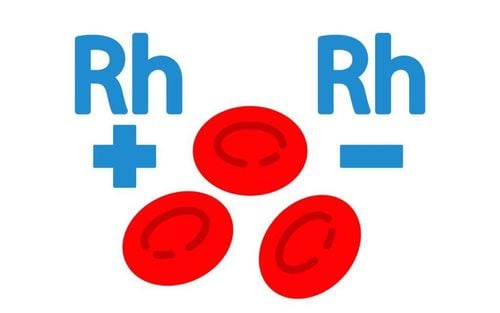This is an automatically translated article.
The article was professionally consulted by Specialist Doctor I Le Hong Lien - Department of Obstetrics and Gynecology - Vinmec Central Park International General Hospital. Doctor Lien has over 10 years of experience as a radiologist in the Department of Ultrasound at the leading hospital in the field of obstetrics and gynecology in the South - Tu Du Hospital.Intrauterine growth retardation is a condition in which the fetus is malnourished while in the womb. Infants with intrauterine growth retardation have a higher risk of death and morbidity than other infants. Couples planning a pregnancy need to understand and take appropriate precautions to limit intrauterine growth retardation.
1. What is intrauterine growth retardation?
In practice, the concept of intrauterine growth retardation includes fetal weight at the time of examination and fetal growth. In order to determine if the fetus really has growth retardation or growth retardation, it is necessary to measure the size and estimate the weight of the fetus at at least 2 consecutive visits 1 week apart. Depending on the author, depending on the research group, the limit of intrauterine growth retardation varies, below the 10th and 5th percentile lines.2. Mothers who are at high risk of intrauterine growth retardation
History of childbirth with intrauterine growth retardation. The mother gained less weight than usual. Uterine height is smaller than gestational age. Pregnant women have high blood pressure, kidney disease, diabetes, red blood cell disease. The mother has a history of smoking, alcohol abuse, heroin use, cocaine use. Carrying 2 or more pregnancies (twins, triplets ..). The mother has infections or genetic disorders. Mother exposed to harmful chemicals.3. Consequences of intrauterine growth retardation

4. Measures to limit intrauterine growth retardation
Couples planning a pregnancy need to see a doctor for genetic counseling. Do not drink alcohol, avoid exposure to tobacco smoke during pregnancy. Having a reasonable diet, supplementing with essential vitamins and minerals. If fetal growth retardation is caused by maternal circulation, low-dose aspirin can be prophylactically administered from 15 weeks of gestation.Please dial HOTLINE for more information or register for an appointment HERE. Download MyVinmec app to make appointments faster and to manage your bookings easily.














